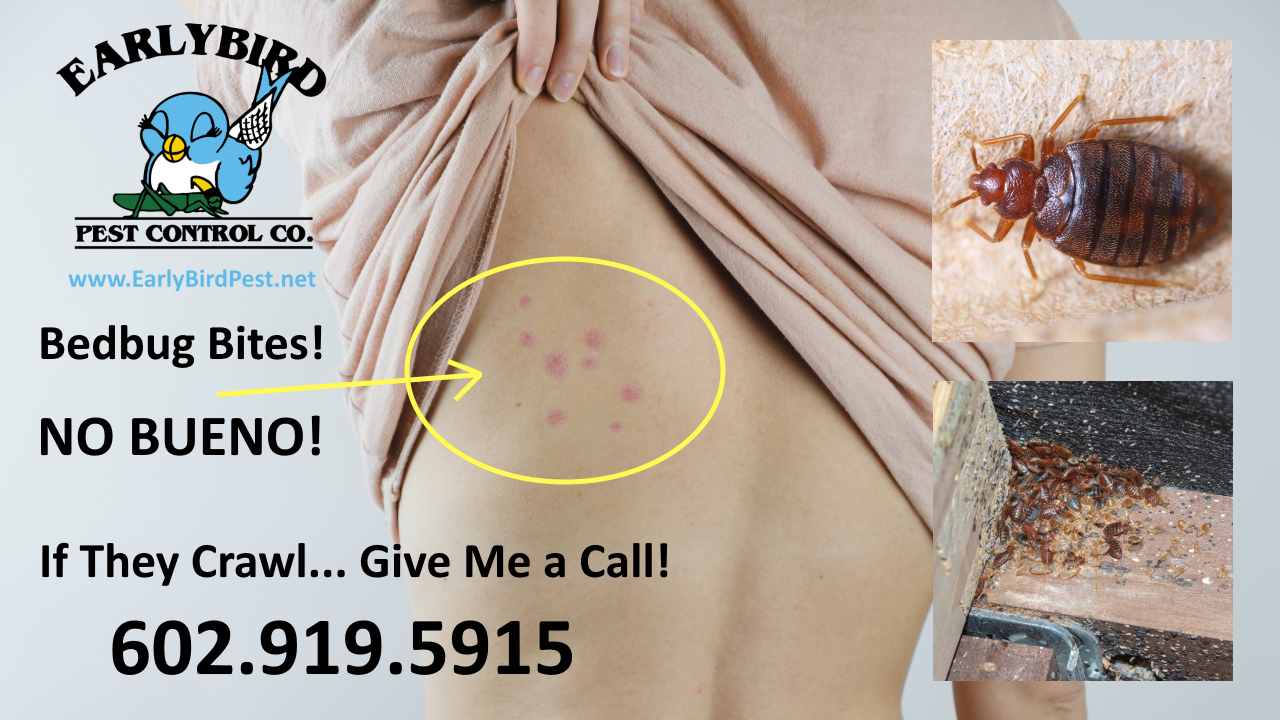Get Educated About the Kinds Of Bug Control Approaches and Their Benefits for Homeowners
Understanding the numerous bug control methods available to house owners is necessary for efficient insect administration. Property owners that are educated can make critical options that not only address bug problems yet also enhance the total quality of their living setting.
Chemical Insect Control Approaches
Chemical parasite control techniques are a crucial component of integrated insect monitoring strategies for homeowners looking for effective services to pest invasions. These methods include the application of chemical substances made to remove or discourage pests that intimidate individual residential or commercial property, health and wellness, and convenience. Typical chemicals utilized include pesticides, herbicides, rodenticides, and fungicides, each customized to target certain bugs.
The main advantage of chemical parasite control is its quick efficiency; lots of formulas provide prompt outcomes, decreasing pest populaces dramatically quickly. Additionally, breakthroughs in chemical solutions have actually brought about products that are a lot more eco-friendly and have reduced toxicity levels for non-target organisms when applied correctly.

Organic Pest Control Methods
Natural insect control approaches have acquired prestige as homeowners look for much safer and extra sustainable options to standard chemical approaches. Organic bug control strategies make use of natural predators, parasites, or virus to handle bug populaces effectively. This method is not only environmentally friendly yet likewise decreases the threat of harm to non-target types, consisting of valuable pests and wildlife.
One of one of the most common organic control methods entails introducing all-natural predators right into the environment. Ladybugs can be used to regulate aphid populations, while nematodes target soil-dwelling bugs like grubs. Additionally, parasitoids-- microorganisms that live on or within a host-- can be utilized to regulate particular parasite types by laying eggs inside them, inevitably bring about their demise.
An additional approach is making use of biopesticides, which are originated from natural materials such as minerals, bacteria, or plants (bed bug exterminator). These items can properly target pests while posturing minimal danger to pet dogs and human beings. In general, organic pest control techniques supply homeowners with an effective methods of pest management that lines up with environmental concepts, advertising a healthier living atmosphere while decreasing reliance on synthetic chemicals
Mechanical Bug Control Approaches
Mechanical parasite control strategies encompass a variety of techniques that physically stop or get rid of bugs without the usage of chemicals. These methods are especially beneficial for homeowners looking for eco-friendly alternatives while making certain the safety and security of their living rooms.
One usual technique is using barriers, such as traps, website here nets, and displays, which prevent bugs from getting in homes or certain areas. For example, installing home window screens can efficiently keep pests out, while utilizing physical barriers around yards can prevent larger pests like deer or rabbits. Furthermore, mechanical traps made for rats can capture and get rid of these insects without the need for poisonous compounds.
An their website additional efficient technique entails using brooms and vacuum cleaners to remove bugs directly from surface areas. Regular cleansing and maintenance can considerably reduce bug populations by removing food sources and hiding places. Moreover, employing gadgets like ultrasonic pest repellents can prevent various bugs through acoustic wave that are undesirable to them but inaudible to human beings.
Social Pest Control Practices
Cultural bug control practices concentrate on modifying the atmosphere and monitoring techniques to produce problems that are less favorable to pest problems. These practices are essential in keeping a well balanced environment and lowering the reliance on chemical interventions. By modifying agricultural methods, homeowners can successfully hinder insects while advertising plant health.
One typical strategy includes crop rotation, which interrupts the life process of pests by altering the kinds of plants expanded in a details location (bed bug exterminator). This not only minimizes pest populations but also enhances soil health and wellness. In addition, intercropping-- planting diverse crops in distance-- can perplex pests and minimize their ability to find their favored go to my site host plants
Water administration is another vital element of social practices. Appropriate watering techniques can stop standing water, which offers as a breeding ground for insects and other pests. Keeping tidiness in and around the home, such as routinely removing particles and food waste, can substantially decrease pest destination.
Integrating these cultural techniques into a comprehensive parasite administration strategy permits house owners to create a setting that naturally hinders parasites, thus boosting the efficiency of other control approaches while promoting lasting gardening and landscaping.

Integrated Parasite Management Approaches
Integrated Insect Monitoring (IPM) stands for a holistic method that integrates numerous strategies to efficiently handle bug populaces while minimizing environmental effect. This method incorporates organic, social, physical, and chemical practices to achieve sustainable bug control. By analyzing pest populations and their natural opponents, IPM highlights tracking and determining parasites prior to implementing control steps.
One of the core principles of IPM is the use of thresholds, which establish the degree of parasite task that warrants intervention. This makes sure that therapies are applied only when needed, lowering the dependence on chemical pesticides. Organic control methods, such as presenting natural killers or bloodsuckers, work in conjunction with social methods like crop turning and environment adjustment to disrupt pest life cycles.
Additionally, IPM encourages using least-toxic chemical options when intervention is needed, prioritizing products that position marginal danger to non-target microorganisms and the environment. For home owners, taking on IPM approaches not just boosts the efficacy of parasite monitoring but also promotes a healthier living setting, cultivating biodiversity and reducing chemical direct exposure. Ultimately, IPM encourages homeowners to make informed decisions that balance bug control with eco-friendly duty.
Conclusion
In conclusion, comprehending the numerous insect control approaches empowers house owners to make enlightened choices regarding pest administration. Each strategy-- chemical, biological, mechanical, cultural, and integrated insect management-- supplies distinct advantages that provide to various needs and preferences.
Comprehending the different insect control techniques offered to house owners is vital for efficient bug administration.Chemical bug control methods are a critical part of incorporated parasite management approaches for homeowners looking for efficient services to pest infestations. Overall, organic insect control techniques give house owners with an effective means of parasite administration that aligns with eco-friendly principles, advertising a much healthier living environment while lowering reliance on artificial chemicals.
Social insect control techniques concentrate on modifying the environment and management methods to develop conditions that are much less favorable to pest problems.In final thought, understanding the numerous insect control approaches empowers home owners to make educated choices relating to pest management.
 Josh Saviano Then & Now!
Josh Saviano Then & Now! Molly Ringwald Then & Now!
Molly Ringwald Then & Now! Robert Downey Jr. Then & Now!
Robert Downey Jr. Then & Now! Destiny’s Child Then & Now!
Destiny’s Child Then & Now! Danny Pintauro Then & Now!
Danny Pintauro Then & Now!